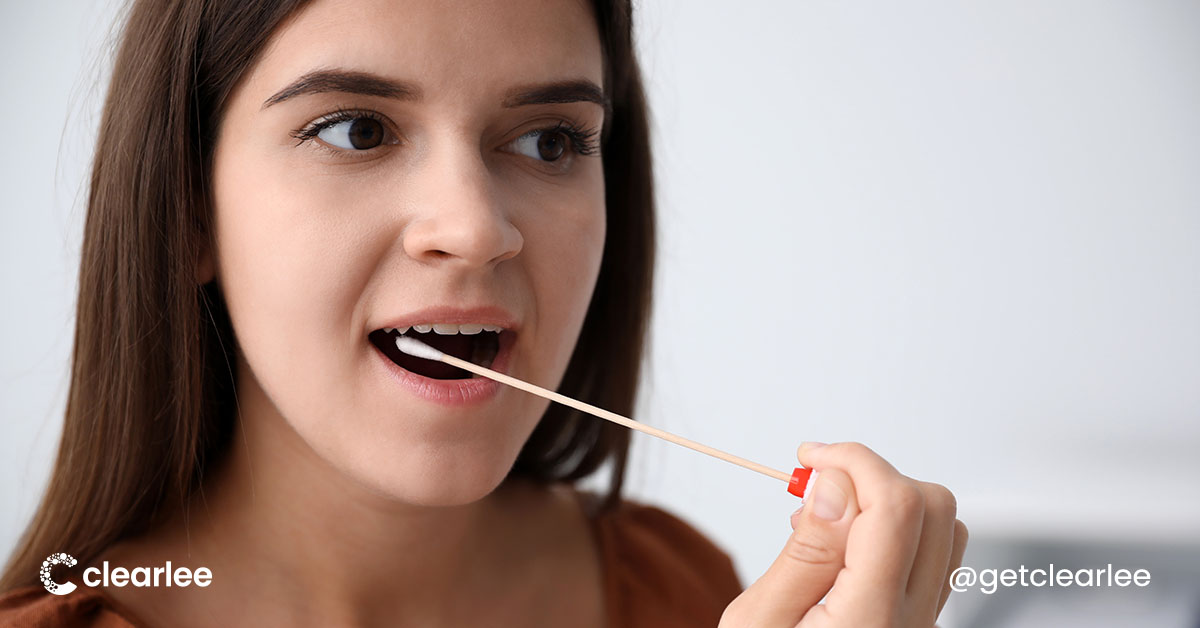Half of people 12 or older have used illicit drugs at least once. And while you are probably familiar with the “classics” like marijuana, you may be less familiar with new designer drugs. Drug manufacturers are becoming increasingly clever in their packaging and marketing, such that you might not be able to recognize that their products are drugs at all.
How can you tell, then, if a loved one is using? While the effects of any drug vary depending on dose, method of administration, and individual biochemistry, here is a list of a few common drugs and symptoms to look out for.
Marijuana
Second to alcohol, marijuana is the most commonly used drug in the U.S., with 55 million users nationwide. Twenty-three states have legalized marijuana for recreational use, with others authorizing medical use and/or decriminalizing the drug. This has led to increased affordability and ease of access. Marijuana is typically smoked in a joint, pipe, or bong but can also be ingested in various forms, including gummies, baked goods, and tea.
Signs of use include:
- Incongruity of affect (e.g., laughing at things that aren’t obviously funny)
- Inability to converse in a logical, organized manner.
- Red/bloodshot eyes
- Drowsiness
- Increased appetite
- Delayed reaction time
- Changes in perception (e.g., time passing more slowly)
- Paranoia or anxiety
Pain relievers/ Opioids
Opioids are a class of drugs that includes heroin as well as prescription painkillers like oxycodone, fentanyl, and codeine. While the national opioid prescription rate peaked in 2012, prescription painkillers are still widely abused. They can be taken orally in pill form, crushed and sniffed, or dissolved in water and injected.
Signs of use include:
- Sedation
- Constricted pupils
- Slurred speech
- Constipation
- Nausea and vomiting
- Itching or flushed skin
- Decreased respiratory rate
- Mood swings
Hallucinogens
Hallucinogens alter perception, thoughts, and feelings. Common hallucinogens include LSD (acid), psilocybin (found in certain mushrooms), MDMA (also known as Ecstasy or Molly), and Ketamine (Special K). Hallucinogens come in a variety of forms, including pills, blotter papers, and powders. They are most often taken orally.
Hallucinogens have received a lot of press recently for their psychotherapeutic potential. Colorado and Oregon recently approved psilocybin for therapeutic use, and MDMA is under FDA review as a treatment for PTSD. Ketamine has been FDA-approved in all 50 states as a treatment for severe depression. However, recreational hallucinogen use is still illegal, unregulated, unsupervised, and therefore much more susceptible to abuse.
Signs of use include:
- Dilated pupils
- Increased heart rate
- Nausea or vomiting
- Sweating or chills
- Intense emotions
- Altered sense of identity or dissociation (a feeling of being detached from one’s body)
- Hallucinations
- Spiritual or mystical experiences
Prescription stimulants
When used as prescribed under medical supervision, prescription stimulants like Adderall and Ritalin can be a safe and effective treatment for attention deficit disorder (ADD). Unfortunately, these medications are often misused. For example, some college students abuse Adderall to pull “all-nighters” or to help them stay awake to party. Prescription stimulants can be taken orally in pill form or crushed and snorted.
Signs of use include:
- Excessive energy
- Decreased appetite
- Insomnia
- Rapid heart rate
- Dilated pupils
- Sweating
- Anxiety
- Mood swings
Designer drugs
Designer drugs are manufactured to mimic the effects of illegal drugs. They try to avoid classification as illegal by posing as household substances (plant food, e.g.). Some designer drugs are also undetectable on conventional drug tests. Their effects are similar to the substances they mimic. Bath salts, for example, are synthetic stimulants, and thus cause many of the same symptoms as cocaine or meth. For a list of the most common designer drugs, click here. You can also visit the DEA website for fact sheets, including photos, of designer drugs.
Watching a loved one struggle with substance use is terrifying. Understanding the signs and symptoms is a crucial first step toward providing them with support. By recognizing the subtle and not-so-subtle behavioral changes and emotional shifts that accompany drug use, you can intervene before the problem becomes more entrenched. Just remember to approach your loved one with care, consideration, and understanding. Not only does your loved one deserve your empathy, but if you are too confrontational, they will likely get defensive and shut down.
Keep Reading
Want more? Here are some other blog posts you might be interested in.
The First Reliable Unobserved Drug Test
When Liz Read learned that a family member was struggling with ...
Rapid Saliva Testing: The Fast Track to Wellness in the Workplace
For decades, companies and organizations have used drug testing to ensure safe ...
Remote, Rapid Saliva Testing in Court: The Supplemental Tool
Drug tests have long been used in court for a variety of ...
Want to learn more about Clearlee?





